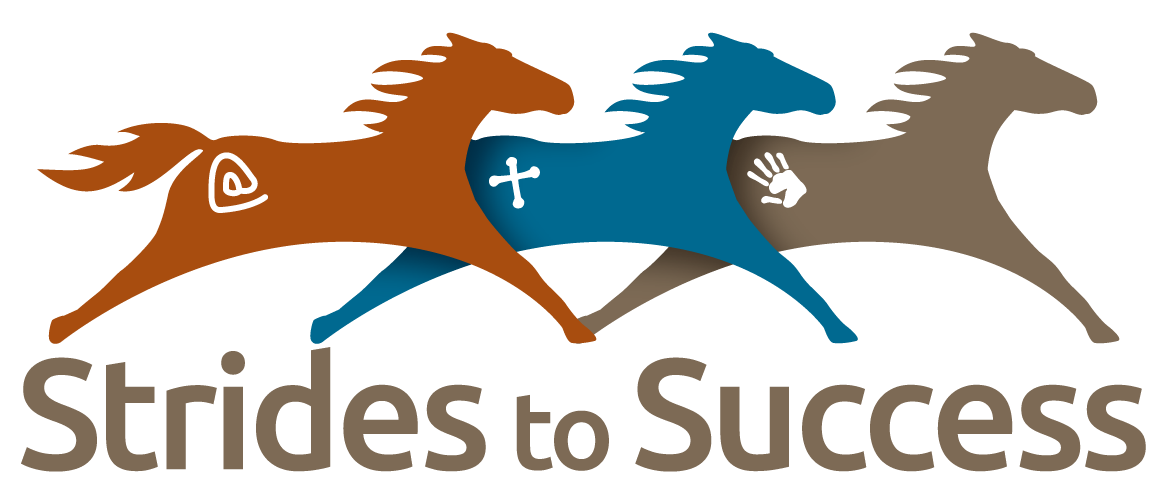Over the past three decades, the landscape of human services incorporating horses has seen significant growth and diversification. This expansion has brought many benefits to individuals across various age groups and with a wide range of disabilities, health issues, and life challenges through different professional therapies and experiential learning programs. Therapeutic practices, including occupational therapy, psychotherapy, and physical therapy, aim to enhance physical, cognitive, and social-emotional functions. Equine-assisted learning initiatives support personal development, education, and organizational performance. At the same time, adaptive horsemanship activities, like therapeutic riding and adaptive equestrian sports, seek to improve the well-being of people with diverse abilities.
Despite these advancements, the field faces a considerable challenge with using unclear and imprecise terminology to describe these services. This issue has led to confusion among stakeholders, including service providers, consumers, regulators, and researchers, complicating the protection of consumers, reimbursement processes, policy formulation, and scientific progress. Terms like “equine therapy,” “equestrian therapy,” and “horseback riding therapy” are used inconsistently and misleadingly, suggesting that the mere involvement of horses qualifies as therapy. Such misrepresentations can divert individuals from services that would best meet their specific needs.
In response to these challenges, a comprehensive consensus-building process was initiated, culminating in a systematic effort to clarify and standardize terminology. This initiative was supported by the Professional Association of Therapeutic Horsemanship International (PATH Intl.). It involved a wide range of stakeholders in a series of steps designed to gather insights, develop recommendations, and ultimately adopt a set of terms that accurately reflect the diverse services offered within this field.
The consensus-building process recommended “equine-assisted services” (EAS) as an umbrella term to encompass all services that incorporate horses to benefit people. This term was chosen for its clarity and inclusiveness, aiming to facilitate collaboration among professionals and improve communication with clients and other stakeholders. Additionally, the process outlined specific terms for various services within the three broad areas of therapy, learning, and horsemanship, emphasizing the importance of therapy-first language to describe licensed therapeutic practices accurately.
The recommendations also called for discontinuing problematic terminology that has contributed to misunderstandings and obstacles in the field. This includes terms that imply equine involvement alone constitutes therapy, or that fail to distinguish between therapeutic and non-therapeutic services. Adopting these recommendations is expected to enhance consumer protection, support reimbursement processes, guide policy development, and foster scientific research by ensuring precise and consistent use of terminology.
This effort represents a significant step forward in addressing the terminological confusion that has long plagued human services incorporating horses. By establishing a clear and unified language, stakeholders can better communicate the nature and benefits of these services, paving the way for continued growth, innovation, and improved outcomes for individuals who benefit from equine-assisted interventions.
*You can read the full article here: https://www.liebertpub.com/doi/10.1089/acm.2020.0415
**Strides to Success was honored to have it’s own Debbie Anderson as a continued member of the task force that worked for many long months on this project. Both Debbie and Blair have been advocating for consensus building in EAL through PATH International since 2003, with the first survey project to assess the industry. Then, in 2013, they headed up the EAL task with PATH Intl to define EAL and create the first set of industry competencies and guidelines for operation. In 2019, they continued their work with PATH Intl to create the new EAL credential.
